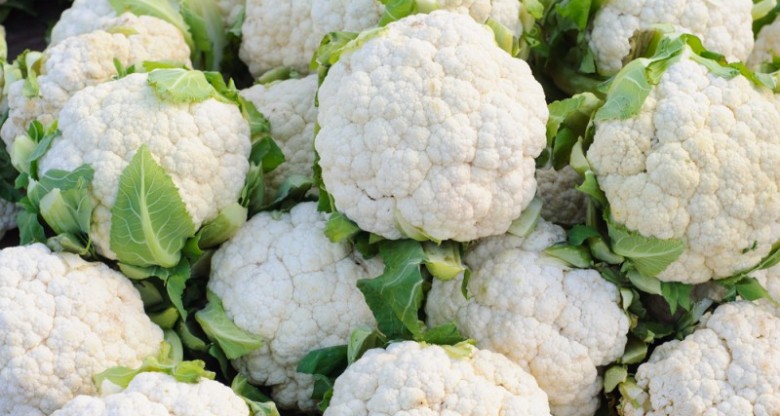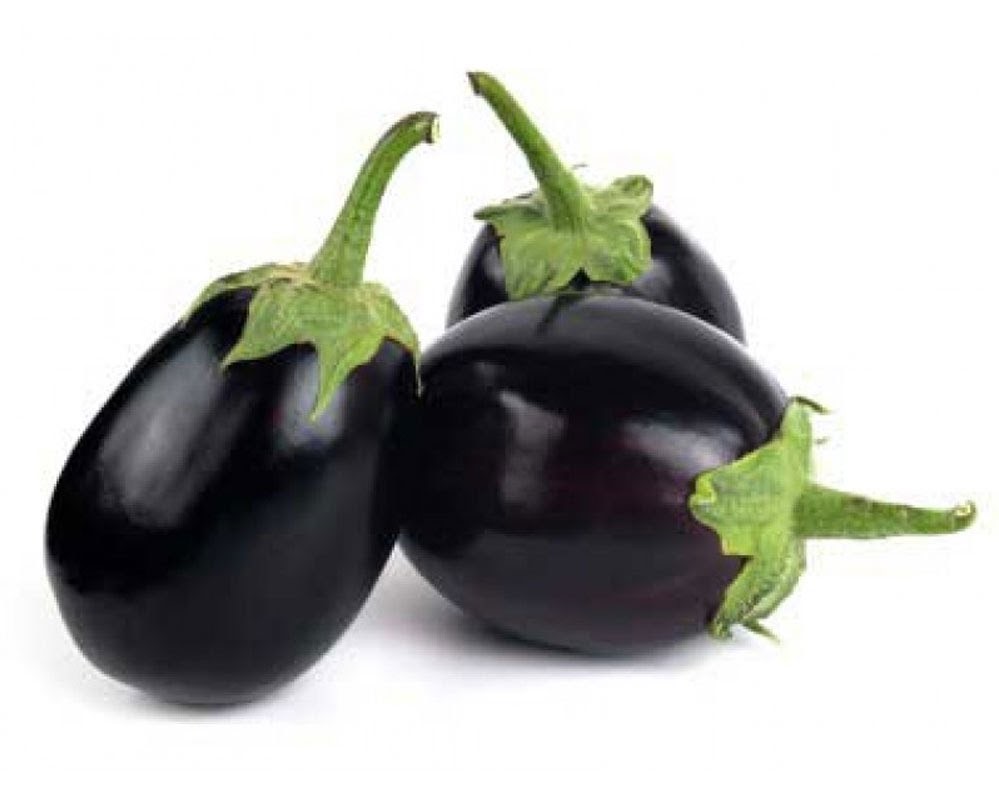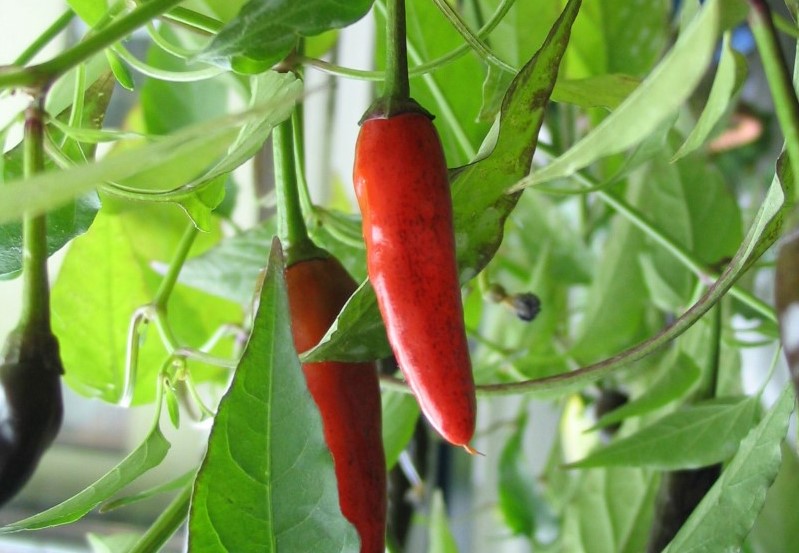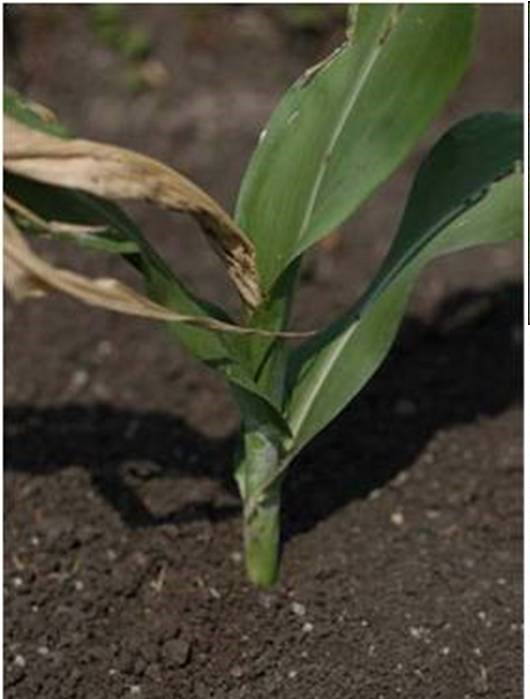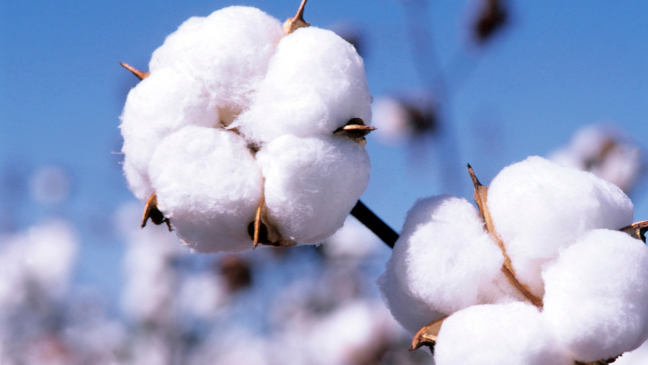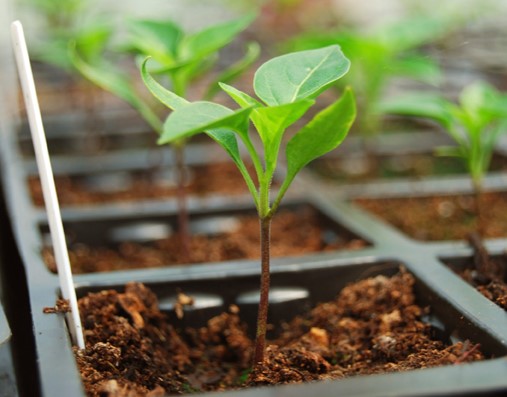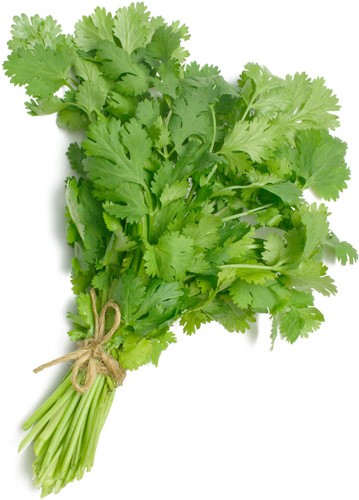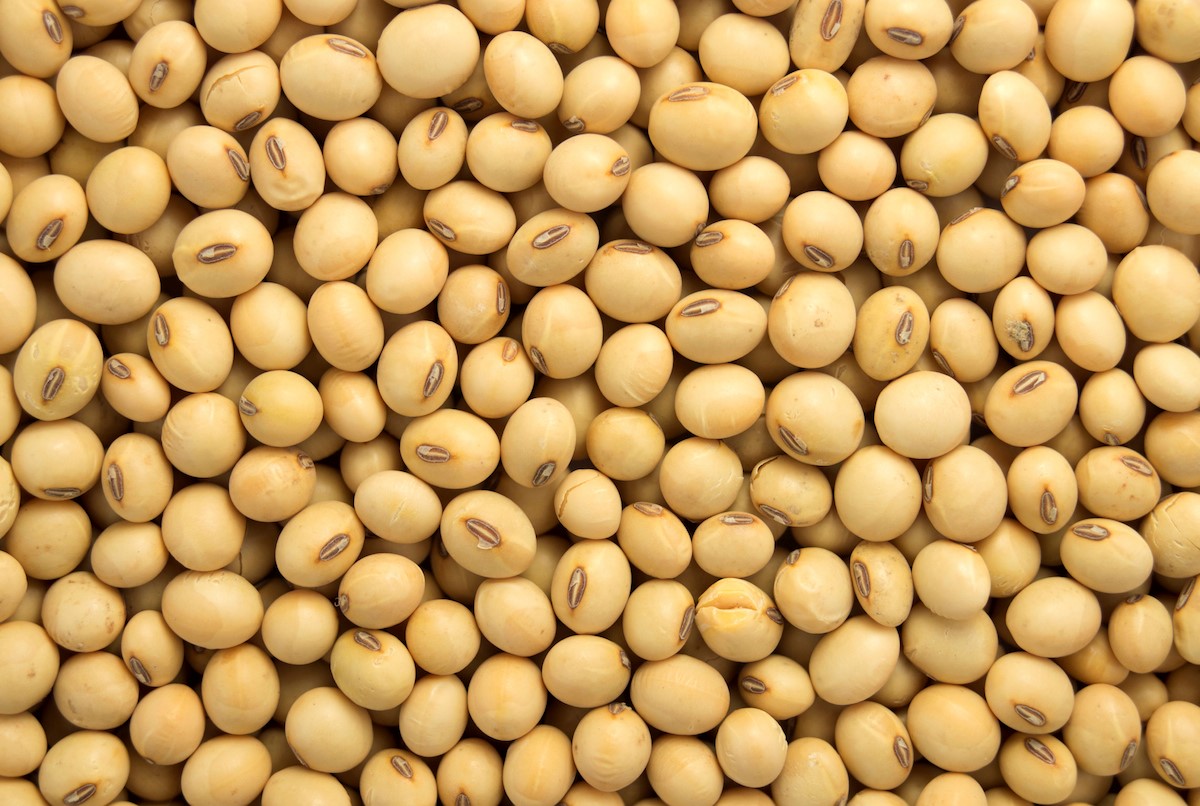Good quality selection of seeds of cauliflower not only ensures good yield but also reduces a lot of other infestation problems, if a suitable variety of seed offers tolerance to a particular disease then it significantly reduces the cost of input in terms of pesticide and labor. while selecting the type of seed for cauliflower, care should be taken the weather conditions and sowing time. Ideally, the types that should be selected for the upcoming sowing season are improved Karina and super crop.
Improved Karina ( Rajkumar Seeds )
an early variety suitable for fresh market and sowing from early May to end of August. the maturity period after transplantation is around 55-60 days with high-temperature sustainability in humid conditions. Leaf characteristics curve in nature and curd weight up to 1.2 kg and curd color are white in nature. Curds shape is dome type and very compact in nature. This gives good protection to curd against the sun.
Super First crop
A midsegment variety for moderate temperature and climate. Sowing time is from Feb to August. thus winter hardy and produces good curd even at moderate temperature. Curds compact, pure white, weight 800 – 1000 gm. the crop matures after 60 days of transplanting. curds are compact and stone hard which makes it suitable for long-distance transportation. this variety has high tolerance to black rot disease.
Share
